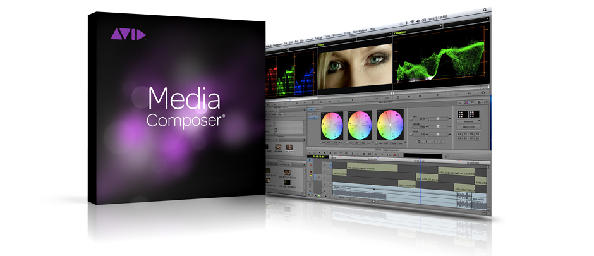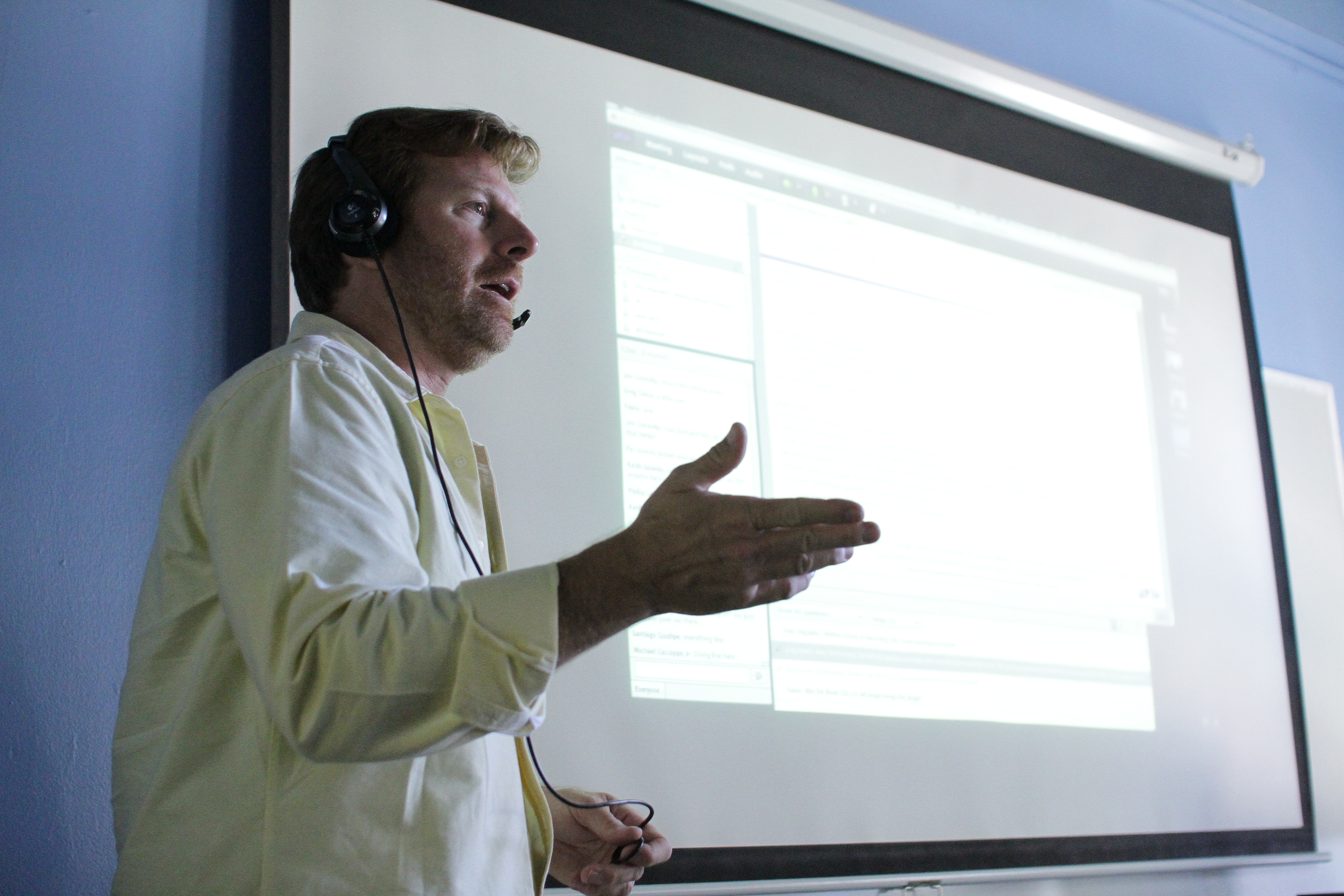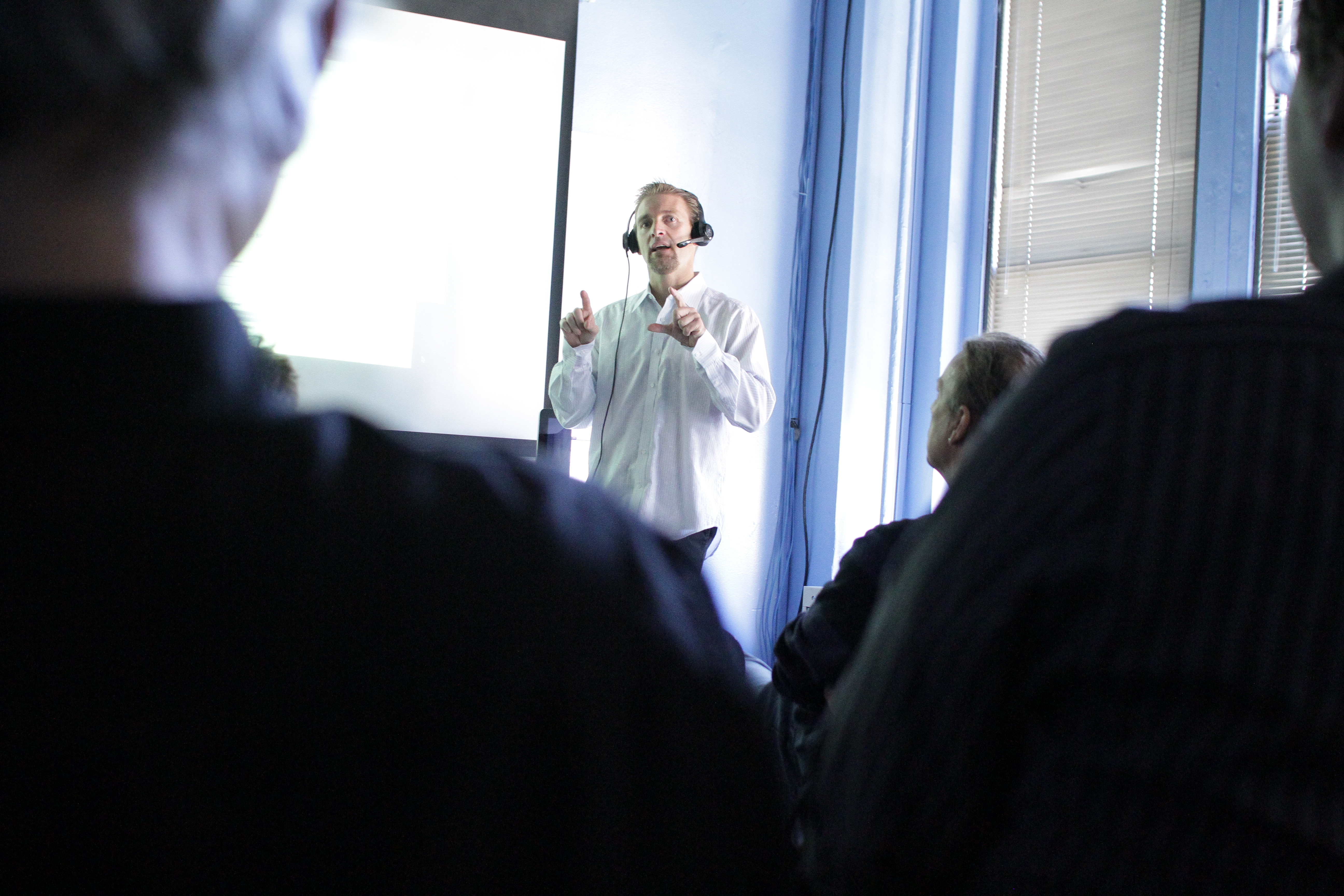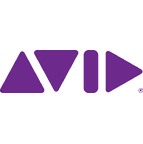True to form, the DFA Open House did not disappoint! The two hours were packed with three informative demos that gave attendees a wealth of information.
Here are the top 5 take-aways from the open house:
1. “The director is king… but the audience is GOD.”
This is at the core of what the DFA advocates and how they teach their students. As DFA President Patrick DiRenna says, “The most important ‘person’ to a production is not the star or the DP or even the director… it’s the audience.” The entire goal of film is to get the audience to feel what you want when you want them to feel it – and the DFA is the place to help students figure out how to do just that!

2. Film requires skill sets – including how to be a business person.
People sometimes forget that, in addition to being an expert in a particular craft or skill set (lighting, camerawork, audio, etc.), they also need to be great business people in order to succeed in film.
Attendees got a taste of how to think about and market their work and themselves.
3. First Accredited Web TV Production Program!!!
In huge news, the DFA now has the country’s first accredited Web TV Production program. In an age where entertainment is moving online – and the opportunities for development in that area seem endless – this presents a major opportunity to enterprising students.
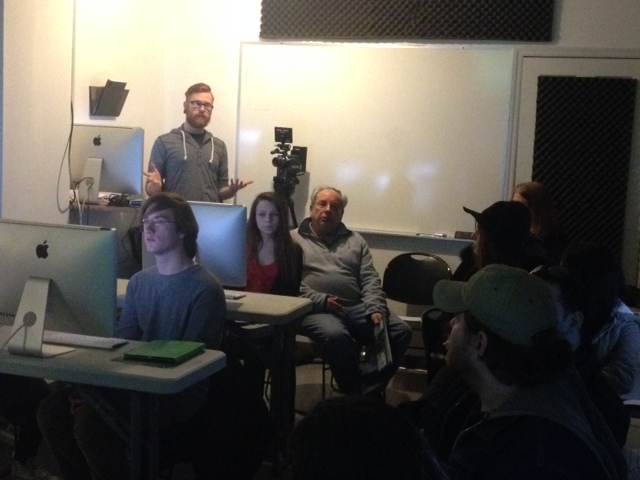
4. Avid Media Composer (and RED camera footage) are AMAZING.
You probably knew this already, but Equipment/Facilities Manager Corey Christian showed attendees why. AMC not only has an amazing ‘warp stabilizer’ feature which can help filmmakers steady shaky camerawork after-the-fact, but it can also take wide shots and turn them into excellent close-ups. Corey taught attendees how to use these features.
Essentially, filmmakers now have the option to take previously unusable footage and sculpt it into great shots – saving time and money.

5. ADR is not as hard as you may think!
Director of Operations and audio wizard Guy Mor handed out flash drives and guided attendees into the world of additional digital recording. One lucky volunteer got to replace the voice of Judy Garland in The Wizard of Oz, saying “I’ve a feeling we’re not in Kansas anymore.” Mor showed the class how to replace Judy’s original line and make it sound seamless – in less than fifteen minutes.
All of the above is just the tip of the iceberg when it comes to what students could learn when they enroll at the DFA. So what are you waiting for? Sign up today!
By Digital Film Academy Blog Manager Sara McDermott Jain.



